(Philadelphia) Underpasses as public art
For awhile I have been thinking about architectural lighting and other public art treatments of highway and railroad/transit underpasses, to add verve and aesthetic value to locations that otherwise tend to be underlit, grim and unsafe.
Underpasses illustrate my point that transportation infrastructure serves, for better or worse, as an element of civic architecture.
Aspen Street Underpass, Takoma DC (Metropolitan Branch Railroad/Metrorail)
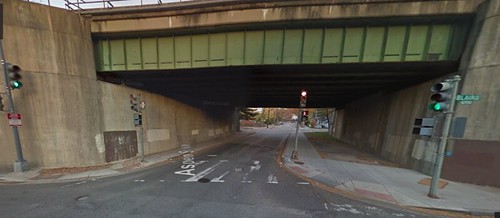
(The NoMA Business Improvement District is addressing underpasses also, with the Underpass Art Parks initiative.)
One particularly attractive example is the "Light Rail" installation by Bill FitzGibbons, in Birmingham, Alabama.
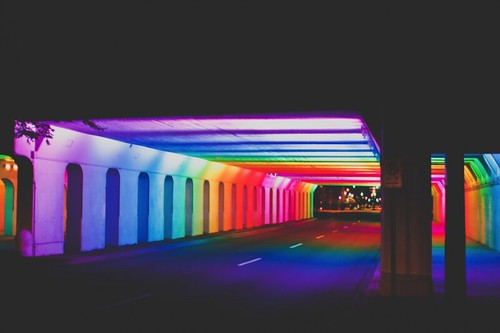
But in the aforementioned presentation on parks at last week's Montgomery County Planning Speaker Series, Joe Forkin's of the Delaware River Waterfront Corporation included images of work they performed on the Race Street and Spring Garden Street underpasses.
Congruent with the line of thinking outlined in the ChangeLab Solutions Complete Parks Playbook in terms of "access" (and the past blog entry, "A gap in planning across agencies: Prioritizing park access for pedestrians, bicyclists and transit users compared to motor vehicle access"), rather than functioning as barriers to the riverfront, DRWC aims to make underpasses connecting neighborhoods to parks a positive and safe aesthetic experience. Hence their work with the two underpasses featured in the presentation.
Race Street Connector
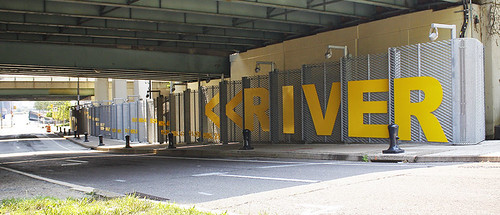
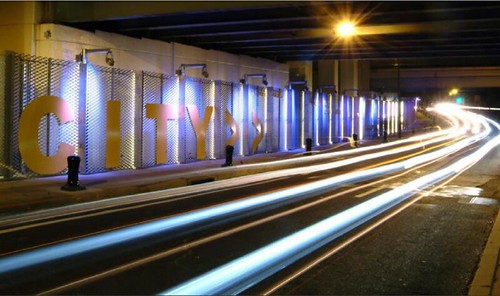
Spring Garden Entrance, Market Street-Frankford El ("LED display extraordinaire under the El," Star Newspaper).
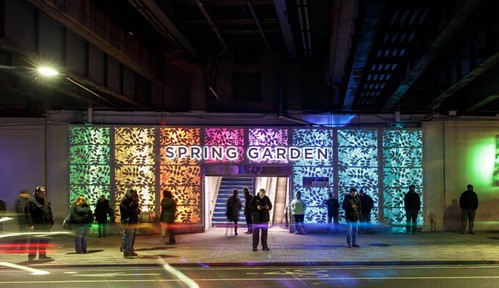
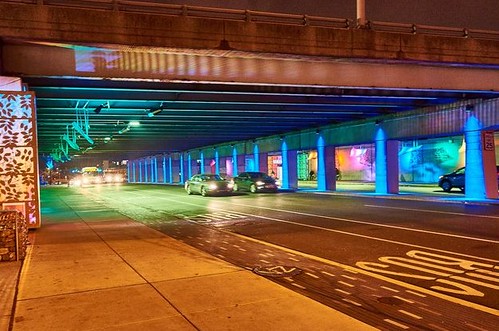
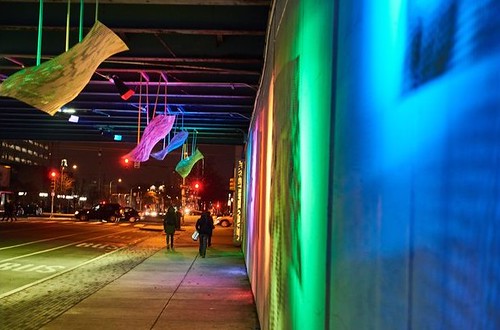
Labels: civic architecture, parks planning, public art, public realm framework, transportation infrastructure, urban design/placemaking



0 Comments:
Post a Comment
<< Home